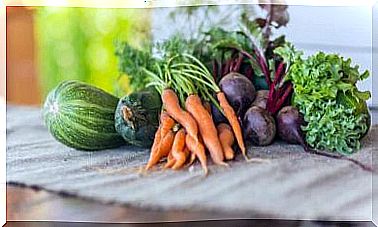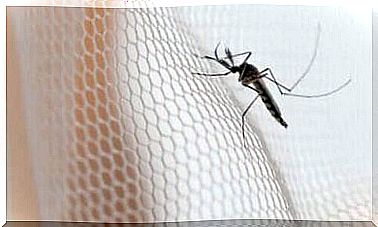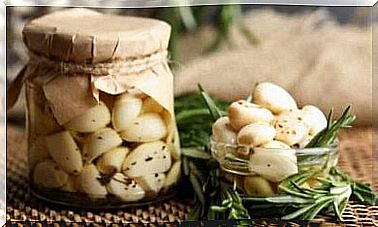3 Tips To Avoid Cross-contamination
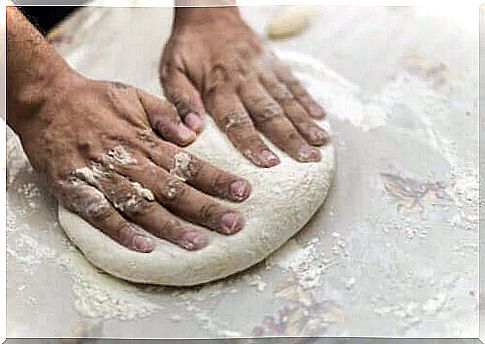
The need to avoid cross-contamination is crucial in diseases such as celiac disease. It is the phenomenon whereby a person can be poisoned by allergens or microorganisms in a product or utensil that has come into contact with food they have consumed.
Below we give you a series of tips to prevent cross-contamination. In this way you reduce the risk of acute illnesses due to food poisoning or allergies. Remember that maintaining food safety measures is essential to protect your health.
Three recommendations to avoid cross-contamination
Below we explain three things that you should take into account when handling the food you are going to eat. Pay attention to reduce the risk of getting sick!
1. Don’t let cooked and raw food come into contact with each other
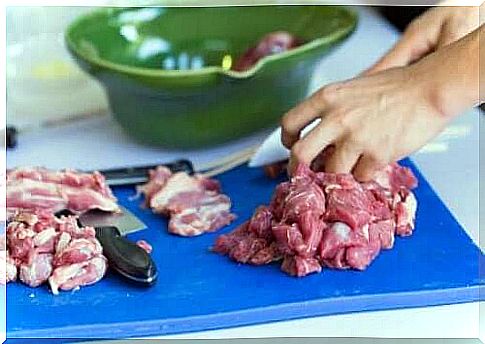
As a general rule, cooking processes inactivate microorganisms and toxins in foods that can make you sick. Scientific evidence suggests that low or high temperatures kill nematodes, such as Anisakiakis.
However, if you bring cooked foods into contact with raw foods that contain harmful bacteria, they can jump from one product to another and reproduce. This increases the microbiological risk and causes cross-contamination.
We recommend that you always keep some space in your kitchen for the food you have cooked, separate from where you store raw produce.
A very typical example is mixing cooked vegetables with raw meat or fish. This practice poses health risks, especially when animal products are not pre-frozen.
2. Do not use the same knife to cut all the food
In the same way that it’s not a good idea for raw and cooked food to touch, neither should you use the same cutlery to handle them. A typical example of not being careful about cross-contamination is sharing utensils that have touched gluten.
A study published in the Journal of Food Protection shows that freshly washed cutlery should be used to prepare food for someone with celiac disease. You should also make sure that the cutlery has not come into contact with food containing gluten.
The same applies if the product in question contains bacteria that are pathogenic to humans. When handling different types of food, it is essential to wash the cutlery properly to avoid this type of situation (Spanish link).
3. Pans, pots and oils can also transmit bacteria
In addition to being careful when handling utensils, sanitize cooking elements, including pots and pans, after use. The bacteria or allergens they may contain after cooking can transfer to the food placed there.
People with celiac disease (Spanish link) are most susceptible to this type of cross-contamination. However, there are also cases where the bacteria manage to survive in the pot or pan. They then reproduce as soon as they come into contact with the food you place there.
However, this is very unlikely. There must be enough allergen or bacteria to do specific damage. As research published in the Journal of Food Protection shows, it is rare for food poisoning to occur if there is insufficient bacterial load.
People who suffer from celiac disease are exposed to these situations if they cannot avoid cross-contamination. Few proteins are needed to initiate an autoimmune process in these patients.
Pay attention to food hygiene to avoid cross-contamination

Food poisoning due to a lack of preventive measures is more common than you might think. For this reason, it is essential to follow the advice we have suggested in this article to reduce the risk.
Both an excess and a lack of hygiene are harmful to health in the long term. When handling food, try to avoid certain risky behaviors.
Also remember that thorough cooking and freezing processes can inactivate many pathogenic organisms that can cause food poisoning and other acute problems. For example, subjecting fish to very low temperatures inactivates anisakiasis.
Make sure you stick to the ground rules we’ve explained here. Also check the quality and hygiene of the utensils you use in the kitchen to handle food. Any precaution you take can be helpful.
